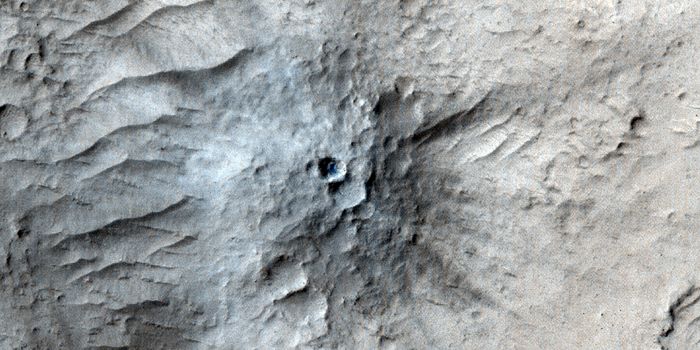NASA Describes the Foundation of its OCO-3 Mission
NASA’s Orbiting Carbon Observatory-3 (OCO-3) mission is now ready to be sent to the International Space Station, where it will be deployed to pick up where its predecessor OCO-2 left off. More specifically, OCO-3 will perform carbon dioxide-centric observations of Earth to help researchers accumulate a scientific dataset.
The OCO-2 mission is still operational today, but there’s a chance that it won’t be for long. NASA developed OCO-3 to ensure seamless planetary carbon dioxide data accumulation, even after OCO-2 finally calls it quits. This ensures that there won’t be any gaps in data and that NASA can continue to monitor how things change as time goes on.
Perhaps more importantly, OCO-2 and OCO-3 will work together to accumulate data, at least until OCO-2 can’t anymore. This is particularly exciting because OCO-2 captures data from specific places at a specific time each day, but the introduction of OCO-3 means that NASA can obtain carbon dioxide data for these same places at different times of each day. In other words… more data.
As you might come to expect, OCO-3 isn’t a carbon copy (pardon the pun) of OCO-2; instead, it’s an entirely upgraded unit. The mission will incorporate new technologies that will let scientists focus in on particular regions and map out its carbon footprint more accurately than OCO-2 could ever hope to do.








